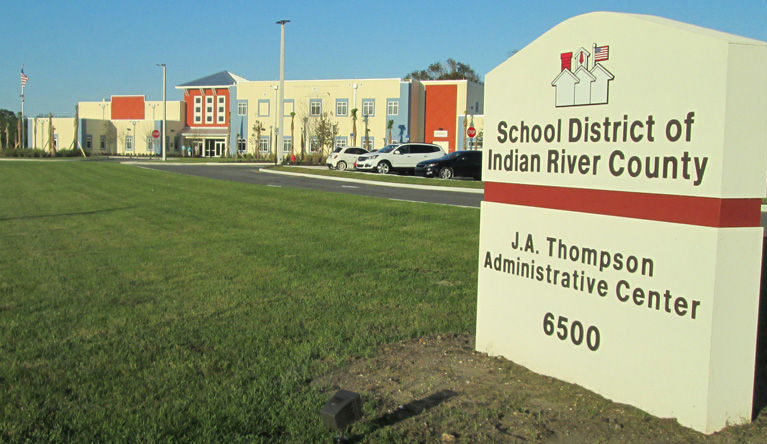
INDIAN RIVER COUNTY — How to staunch the bleeding in the Indian River County School District’s self-insurers’ healthcare fund is left unanswered by the proposed budget due to the state Sept. 11.
The budget contemplates the district’s health insurance fund opening the 2016-17 fiscal year with a $3.7 million deficit. It projects the deficit will increase to about $6 million by the end of the fiscal year.
During budget talks, Chief Financial Officer Carter Morrison and Human Resources and Risk Management Director William Fritz said employees would be asked to pay 31-percent higher insurance premiums, which would reduce but not eliminate the deficit. The district is negotiating with the two unions, the Communications Workers of America and the Indian River County Education Association.
The district’s health insurance enterprise has been losing money for at least five years, but it got into real trouble the beginning of the 2015-16 school year, starting out with a little over $200,000 in the fund, which is well under the state-required $3 million reserve.
The $3.7 million deficit run up in 2015-16 is surrounded by some mystery, as school district officials don’t know or won’t say to whom the money is owed.
Does the school district owe millions to doctors and hospitals for medical care rendered, or has it borrowed to pay doctors, hospitals and other medical providers?
According to Fritz, the negative balance was probably paid from the general fund, but he’s not sure. If that is the case, Fritz said, the district will have to pay the general fund back.
Morrison referred this reporter to page 124 of the proposed budget, which simply shows a $3.7 million deficit. He would not confirm or deny if the general fund paid the deficit, which is funded by tax dollars.
Making the situation worse, during budget talks, Morrison and Fritz told the school board the $3.7 million deficit is actually closer to $4 million and the required $3 million safe-harbor reserve brings the deficit to $7 million.
If employees balk at paying higher insurance premiums, Morrison has a plan B. He is seeking permission from the state to pay back the deficit and build reserves over four years, siphoning $1.75 million a year from the general fund into the self-insurers fund, meaning the taxpayer and not the employees will make up the deficit.
Apparently, the district would not have to pay back this taxpayer subsidy, which would come on top of the nearly $120 million in dedicated property tax revenue the district draws each year to fund its operation.
Employee health insurance claims jumped unexpectedly by $1.6 million during the 2014-2015 school year. The same year, the district opened the CareHere health clinic at a cost of $1.4 million. That double-whammy created $3 million of the current deficit. (Morrison claims the clinic is saving the district money, but he hasn’t explained how and the savings are not reflected in the preliminary budget.)
Other costs that have gone up include risk management employees’ salaries and benefits, more than doubling in the last five years, from $73,000 to $179,000, and the cost of dental and vision insurance, up by about $360,000 over the past five years.
To protect itself against large claims, the district will pay about $1 million for “stop loss” insurance, which is about a $500,000 increase over prior years.
The public has a final chance to comment on the budget at the public hearing Sept. 8. But it’s due to the state Sept. 11, so it’s unlikely changes to the plan will be accepted.



